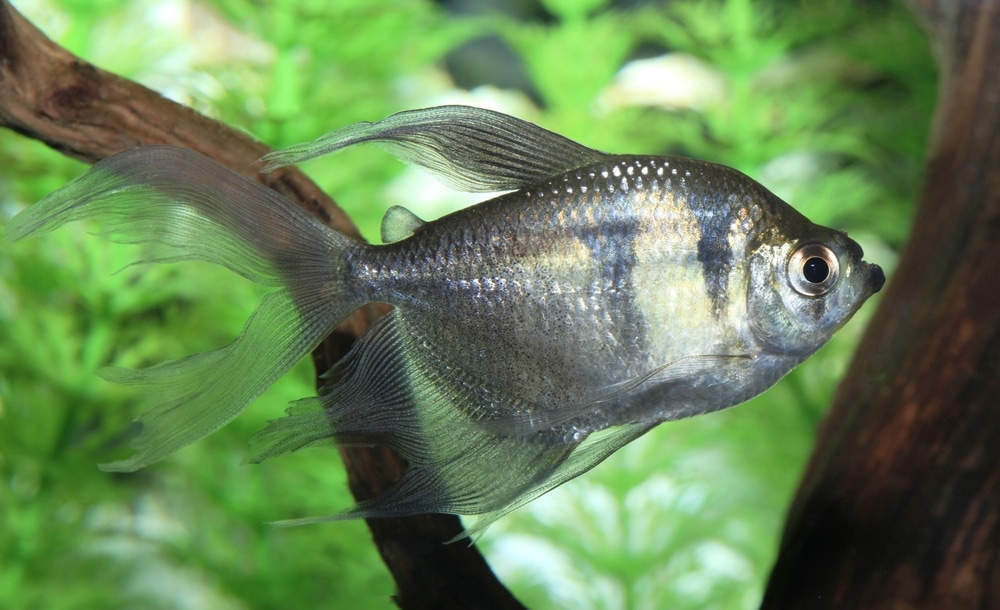

Omnivores, in the wild they eat very small invertebrates and plants. SUITABLE TANK MATESĪngelfish | Barb | Betta | African Cichlids | American Cichlids | American Dwarf Cichlids | Bristlenose Catfish | Corydoras Catfish | Tandanus Catfish | Other Catfish | Danios | Whiteclouds | Medakas | Discus | Eels | Flying Fox | Common Goldfish | Fancy Goldfish | Dwarf Gouramis | Large Gouramis | Gudgeons | Guppies | Killifish | Loaches and Botia | Mollies | Murray Cod | Oscars and other large Cichlids | Silver and Golden Perch | Plants | Platys | Rainbowfish | Rasbora | Saratoga | Sharks | Silver Dollar | Shrimp / Yabbies / Crabs | Snails | Swordtails | Tetras DIET Add some driftwood plants to help create their natural environment. Origin : Brazil, Peru, Paraguay, Bolivia and northern Argentina Ichthyologists debate the function of the adipose fin, doubting its role in swimming due to its small size and lack of stiffening rays or spines.Common Name(s) : Longfin Serpae Tetra, Longfin Jewel Tetra, Longfin Red Minor Tetra, You can also distinguish the two sexes by looking at their body shape. While this adipose fin is generally considered the distinguishing feature, some tetras (such as the emperor tetras, Nematobrycon palmeri) lack this appendage. In male Black Skirt tetras, the front edge of the anal fin slants back towards the tail. This adipose fin represents the fourth unpaired fin on the fish (the four unpaired fins are the caudal fin, dorsal fin, anal fin, and adipose fin), lending to the name tetra, which is Greek for four. Additionally, tetras possess a long anal fin stretching from a position just posterior of the dorsal fin and ending on the ventral caudal peduncle, and a small, fleshy adipose fin located dorsally between the dorsal and caudal fins. They ordinarily possess a homocercal caudal fin (a twin-lobed, or forked, tail fin whose upper and lower lobes are of equal size) and a tall dorsal fin characterized by a short connection to the fish's body. Tetras generally have compressed (sometimes deep), fusiform bodies and are typically identifiable by their fins. For example, payara (Hydrolycus scomberoides) is occasionally known as the "sabretooth tetra" or "vampire tetra". Even vastly different fish may be called tetras. It is short for Tetragonopterus, a genus name formerly applied to many of these fish, which is Greek for "square-finned" (literally, four-sided-wing).īecause of the popularity of tetras in the fishkeeping hobby, many unrelated fish are commonly known as tetras, including species from different families. Rather than the bright colors of other tetra species, the Black Skirt takes on a darker appearance. The fin runs along the nearly half of the fish’s length, accentuating its tetragonal shape. It’s most standout feature is its flowing anal fin, which inspired its name. Tetra is no longer a taxonomic, phylogenetic term. The Black Skirt Tetra is a beautiful species with dramatic fins. Consequently, they are extremely popular for home aquaria. Many of these, such as the neon tetra (Paracheirodon innesi), are brightly colored and easy to keep in captivity.

The Characidae are distinguished from other fish by the presence of a small adipose fin between the dorsal and caudal fins. Tetras come from Africa, Central America, and South America, belonging to the biological family Characidae and to its former subfamilies Alestidae (the "African tetras") and Lebiasinidae. Widely distributed in coastal waters throughout northern West Africa from Gambia to the Democratic Republic of Congo and Gabon, the African long-fin or.

Tetra is the common name of many small freshwater characiform fishes. NOW WHEN YOU BUY MULTIPLES OF ANY SCHOOLING FISH A TIERED DISCOUNT IS APPLIED AUTOMATICALLY TO CART.


 0 kommentar(er)
0 kommentar(er)
